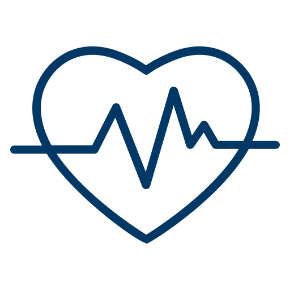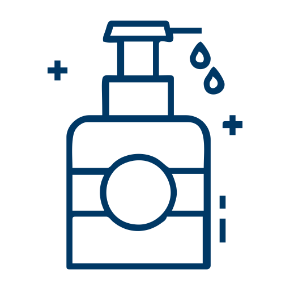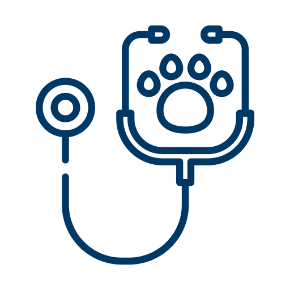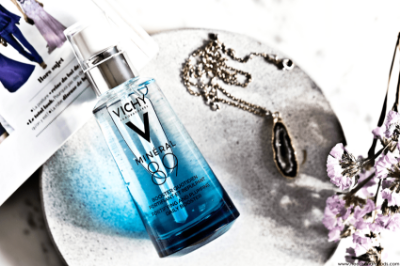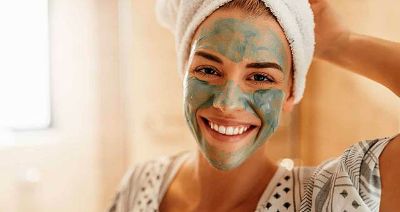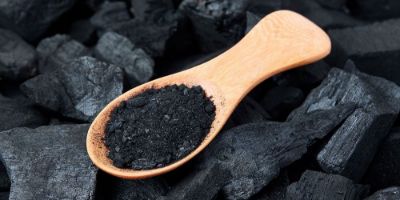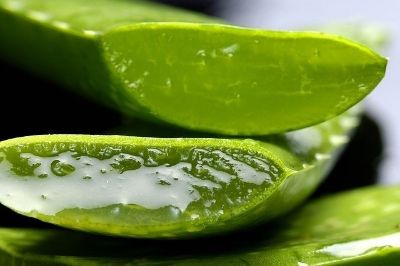La sédentarité étant notre pire ennemie, toute activité sportive est bénéfique pour la santé. Elle renforce les muscles et les os, protège le cœur et les artères, limite la prise de poids, diminue le risque de certains cancers et notamment du cancer du sein, protège le cerveau ainsi mieux irrigué et améliore l’humeur.
Mais il arrive que ces instants, s’ils sont prolongés ou intenses, soient gâchés par des sensations de gêne intime voire des irritations. Quelques conseils pour limiter ces dernières :
Avant de pratiquer un sport (jogging, sport d’endurance…) qui fait transpirer, il faut tout faire pour éviter les conséquences de la macération et des frottements.
- Choisir des sous-vêtements blancs en coton 100% (si possible) et non en matière synthétique (comme le lycra ou le latex).
- Ne pas porter de pantalons ou de shorts trop serrés car ils favorisent l’humidité, la chaleur et la macération et risquent de comprimer la région vulvaire. Ils doivent être suffisamment amples pour que l’air circule et que l’humidité s’évapore.
Après le sport, il faut prendre une douche pour rafraichir et calmer les irritations créées par les frottements. Le gel douche habituel convient à tout le corps à l’exception de cette zone intime qui mérite des soins particuliers car son pH est plus acide et doit être respecté :
- Utiliser un soin lavant doux au pH physiologique. Il aura instantanément un effet apaisant et procurera une impression de fraîcheur bienvenue après l’effort.
- Ensuite il faut bien se rincer à l’eau pure et sécher sans frotter, juste en tamponnant.
- Puis changez de sous vêtement après la douche.
Pour celles qui pratiquent la natation en piscine, la douche est nécessaire au sortir du bain pour éliminer toute trace de chlore qui irrite les muqueuses. Si elle n’est pas possible, on peut utiliser des lingettes intimes apaisantes en les choisissant avec précaution. Il est fortement conseillé de ne pas garder trop longtemps un maillot de bain humide sur soi.
Le sport peut provisoirement, en l’absence de ces précautions, déséquilibrer la flore vulvo-vaginale. Afin de mieux vous équiper, ci-joint notre sélection de produits Rogé Cavaillès pour l’hygiène intime :
- Roge Cavailles Soin Toilette Intime Extra-Doux: Ce soin intime Extra-Doux procure jusqu’à 12 heures d’efficacité*. Avec ses actifs encapsulés, qui libèrent en continu des extraits de calendula adoucissant, il vous apporte douceur et fraîcheur toute la journée. Respectueux de la flore et de son équilibre fragile, il nettoie en douceur et préserve au quotidien l’équilibre des muqueuses, même les plus sensibles.
- Roge Cavailles Soin Toilette Intime Gel Fraicheur : Ce soin apporte fraicheur et bien-être, tout en respectant l'équilibre intime. Formulé pour la toilette intime quotidienne, sa formule au Menthyl Lactate vous procure une réelle sensation de fraicheur. Son complexe physio-régulateur aide respecter votre équilibre intime. Il vous apporte aussi fraicheur et bien-être durablement.


